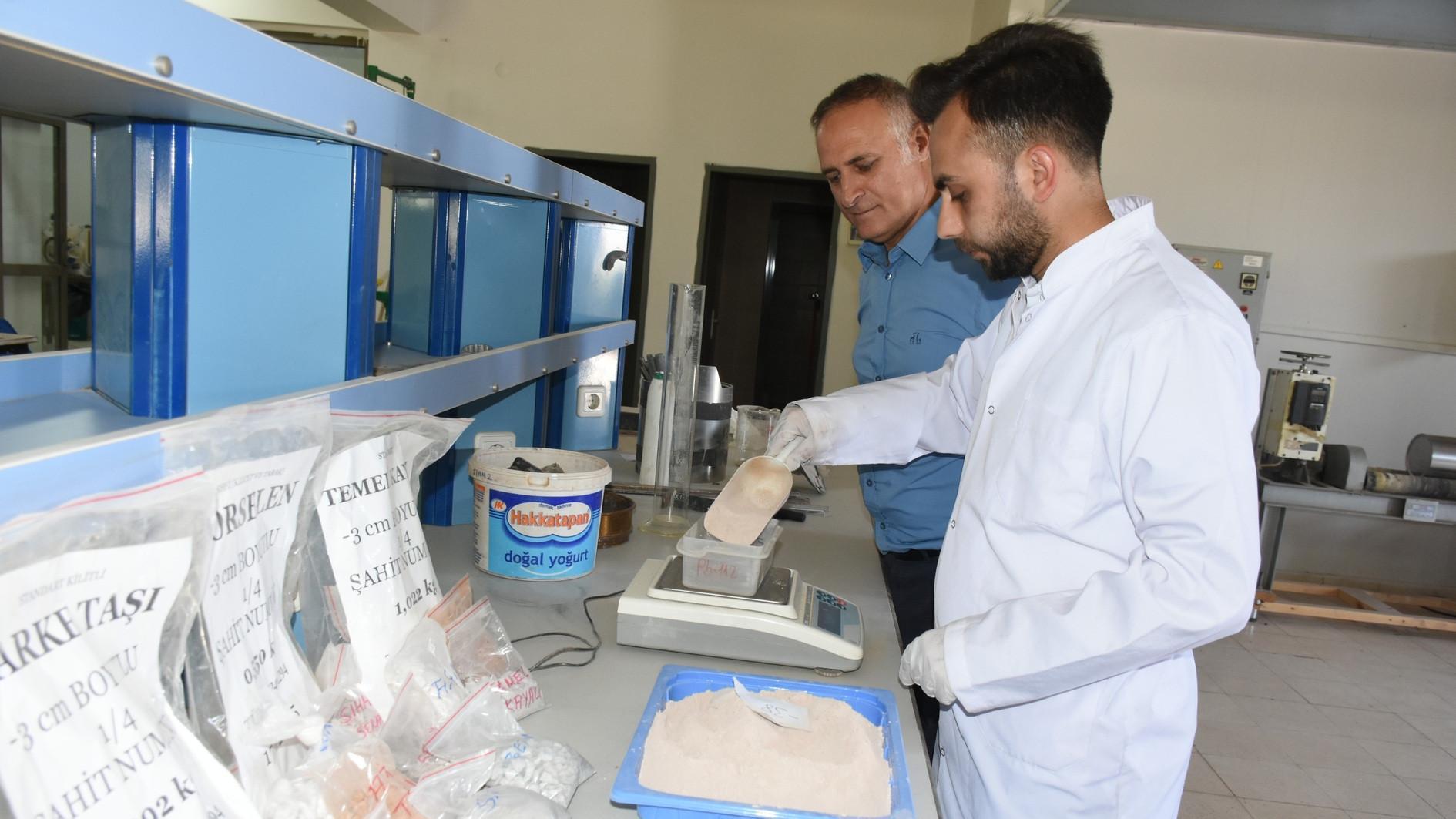
Following the massive earthquakes that struck southern Türkiye two years ago, a group of academics from a university in quake-hit Malatya province have launched a project to turn the rubble of collapsed buildings into artificial marble.
On Feb. 6, 2023, magnitude 7.7 and 7.6 quakes struck 11 provinces, affecting more than 14 million people and resulting in the deaths of over 50,000.
Supported by the Scientific and Technological Research Council of Türkiye (TÜBİTAK), the project aims to transform construction debris from destroyed buildings into reusable materials through a multi-step recycling process.
It focuses on addressing both environmental pollution and material shortages.
Project coordinator Professor Hikmet Sis of the Mining Engineering Department at İnönü University stressed that the earthquakes caused extensive damage in Malatya, leaving behind massive amounts of construction waste.
“These materials don’t just take up space, they disperse through natural events,” he said. “We’ve developed a scientific method to recover value from this waste.”
The team will extract silica and alumina from the debris, which includes concrete, cement, bricks, plaster, parquet and other building materials. The remaining calcium-based waste will be then treated with captured carbon dioxide to produce calcium carbonate, a key ingredient in artificial marble.
This step not only recycles waste but also captures carbon dioxide from industrial sources, offering an environmentally friendly, circular solution, Sis pointed out.
According to the team, the recovered silica and alumina will be reused in industrial applications, while the artificial marble can be used in construction.
As part of the project, the researchers have already collected and begun processing 2.3 tons of rubble from different demolition sites.
The project is expected to be completed within two years.